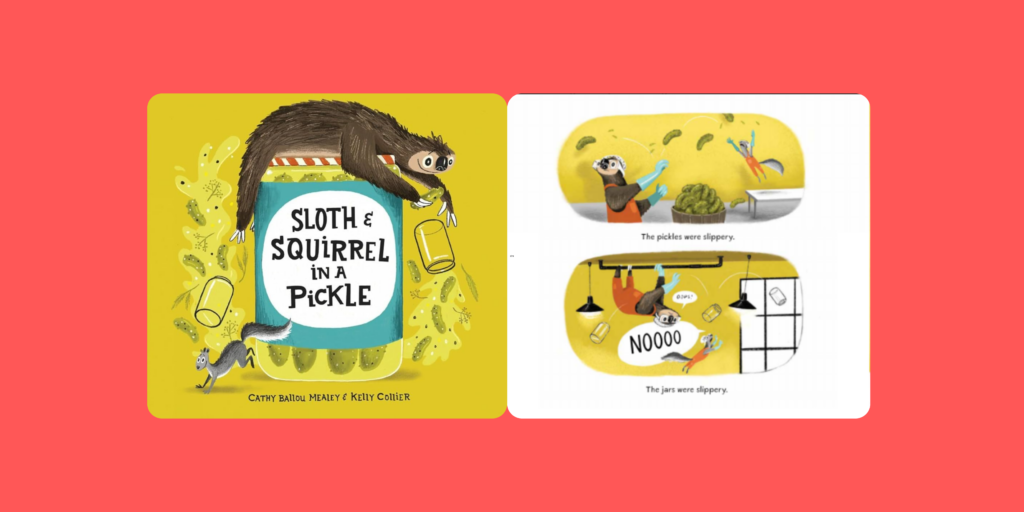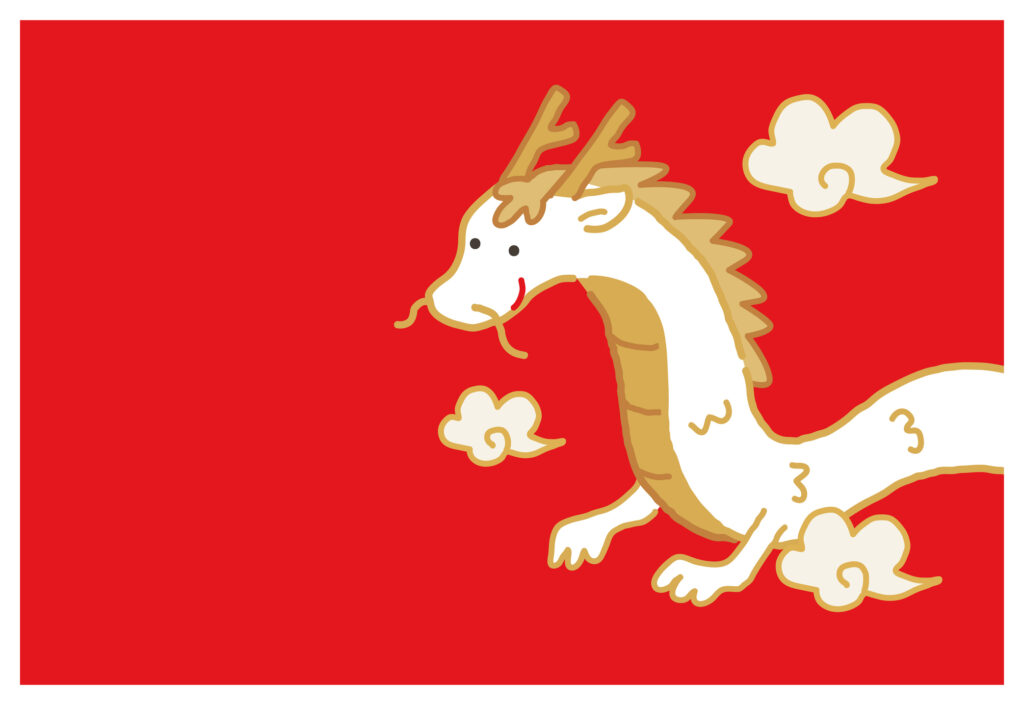
Grades K-2, 3-5

Don't have an account yet? Sign up for free
Don't have an account yet? Sign up for free
Students will be able to:

In this economics lesson, students will study Booker T. Washington’s life to learn about resources.
Warm-Up
Ask students why they are in school. Explain that school is important to help them learn how to read, to write, and to learn other subjects like math and science. Remind them these skills are necessary for almost anything they want to do, even play video games. Ask students how they would feel if someone told them they could not go to school, and they could not learn how to read or write. Explain that people who were slaves many years ago were rarely offered an education, even when they wanted to learn. Tell students this lesson will focus on Booker T. Washington, a young man who was born enslaved but overcame many obstacles to pursue his dream of an education.
Modeling
Introduce the lesson using the Booker T. Washington slide presentation.
Group Activity
Put students into small groups and distribute one set of Job Cards to each group. Remind them that Booker T. Washington held several jobs to earn the money to go to school, and even after he finished his education. Explain that not all jobs are the same. Some may require more skills than others, some may be more dangerous than others, and some may pay more than others. Have each group rank the jobs that require the most skills on a scale of 1-7, with 1 being the job requiring the most skills and 7 being the job requiring the least. (Note: Answers will vary, but it is important for students to be able to explain their answers. Possible ranking is author, teacher, janitor, dock worker, coal miner, salt furnace worker and book carrier. Other suggested scenarios for this assignment include: ranking the jobs based on those requiring the most physical strength to the least physical strength or ranking the jobs based on the need for education.)
(Optional) Have students use the cards to complete the following tasks: rank the jobs according to their pay; identify which jobs still exist; identify which jobs have been changed by the invention a new technology, or identify which jobs may be replayed by technology in the future. (Again, answers will vary.)
Review and discuss student answers to debrief the activity. Students should be prepared to defend their answers.
Individual Activity
Hand out copies of Jobs and Resources and review the directions. After students have completed their work, debrief the activity by asking students the following questions: What have they learned about Booker T. Washington? (Answers will vary) What human resources did they use to complete this assignment? (writing, reading, etc.) What capital goods did they use to complete this assignment? (paper, pencil)
Distribute copies of the Productive Resources Assessment and colored pencils or markers to each students. After students have completed their assignments, check each sheet for accuracy and create a bulletin board display of their work. (Note: You may want to allow students to correct their assignment before posting.)
Activity 1
Have students research Booker T. Washington’s life after leaving the Hampton Institute to identify his contributions as a teacher and author. Have them list the human and capital resources needed to make these contributions. Also, have students discuss how his search for an education impacted the lives of future generations even today.
Activity 2
Have students apply their knowledge of productive resources by having them analyze the resources they would need to create a product to sell in the classroom or their community. (Note: go to www.vaminieconomy.org, scroll down, and click on the task entitled “Do I Have the Resources I Need to Make My Product?” This lesson will assist in planning classroom mini-economy activities.)

Grades K-2, 3-5

Grades 9-12

Grades 6-8, 9-12

Grades K-2, 3-5
